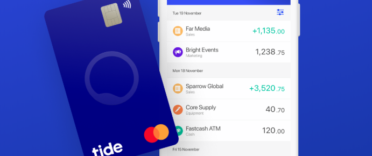 Today RBS was the last of the UK banks this week to announce that they’ve returned to profits.
Today RBS was the last of the UK banks this week to announce that they’ve returned to profits.
But, as reported in The Guardian, ‘’Stephen Hester, chief executive of the state-controlled bank, stressed that the move into profitability was largely due to accounting rules and that the underlying position for the bank over the first half was break-even. The bank said its most representative figure was an attributable profit of £9m’’
It seems that Mr. Hester is voicing the same point that I’ve been banging on about all week, which is that a lot of these reported profits are mostly a result of accounting rules. So caution is needed when reading into these figures.
Barclays reported its impairment charge for loans not paid on time is now £5.1bn, down from £7.5bn. This impairment charge is actually determined by accountants and is meant to help give a true and fair reflection of the value of the company’s bad debts. This ultimately impacts on the profit/loss account and so the profit/loss accuracy relies on the accuracy of any underlying impairment charge.
In fact, if a firm underestimates the level of bad loans on their books then they could be forced to book another impairment charge at a later date, which will inevitably hit their profits. So for the third time this week I will say that I won’t be popping any champagne corks just yet, particularly as the economic recovery is still fragile. If the economy drops back into recession there is an increased likelihood that more people will start defaulting on loans than is currently estimated.
Anyway moving on, the Guardian’s datablog has published historical profit and loss figures for the various banks. We have used this information to create the graph below to give a visual representation of the turn around in fortunes for Lloyds, HSBC, Barclays and RBS. (Northern Rocks figures have not been included as the original bank was split earlier in the year. Also the Lloyds data only goes back 18 months because of the government bailout)
The graph below shows profit /loss in £million on the y axis and time on the x axis. Click on the graph to enlarge the image.





